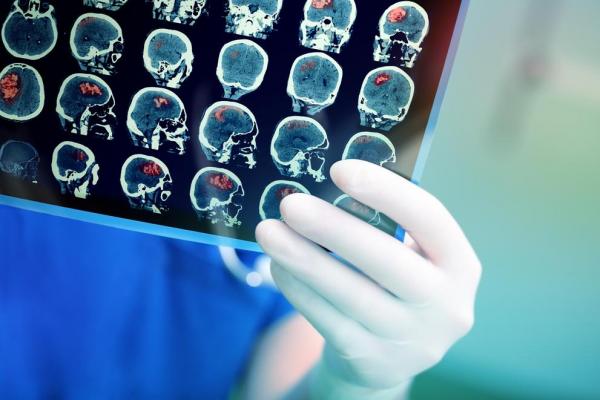
WASHINGTON, April 14 — Using a combination of algorithms as a classifier, a group of researchers determined a series of biomarkers visible in MRI scans that may be useful for diagnosing autism, according to a recent study.
Researchers at Brown University found 16 functional connections in the brain that were as accurate as the main diagnostic method used by doctors for patients who may be autistic.
The Autism Diagnostic Observation Schedule, based on interviews and behavioral observations, is the major method for diagnosing the developmental condition.
The researchers discovered, after their algorithmic method predicted autism correctly in adults about 80 percent of the time, that the connections in the brain they considered on MRIs are part of the cingulo-opercular network, which handles conceptions of other people, facial recognition and emotional processing.
While they note in study that more work is needed to further refine how the algorithms classify patients based on data, they say are on the right path toward a more accurate diagnostic tool for autism.
“It is the first study to [successfully] apply a classifier to a totally different cohort,” Yuka Sasaki, a research associate professor of cognitive, linguistic and psychological sciences at Brown University, said in a press release. “There have been numerous attempts before. We finally overcame the problem.”
For the study, published in the journal Nature Communications, the researchers developed a classifier using two algorithms searching for 16 interregional connections in the brain using 181 adult volunteers in Japan, and later applying it to 88 adults in the United States, who were scanned in an MRI machine for about 10 minutes.
The classifier was 85 percent accurate among the Japanese volunteers, and 75 percent accurate among the Americans, with researchers calculating the possibility of the classifier being that randomly accurate was 1.4 in 1 million — suggesting it works.
To validate the results, researchers then compared them to those garnered using the Autism Diagnostic Observation Schedule, the standard method for autism diagnosis finding it was significantly effective.
Based on comparisons to the ADOS, the researchers said the 16 connections appear related specifically to the social and emotional perception symptoms typical of autism.
The classifier shows promise after the study, Sasaki said, but more research and refinement is needed as “the accuracy level needs to be much higher. Eighty percent accuracy may not be useful in the real world.”
[Source:- UPI]



